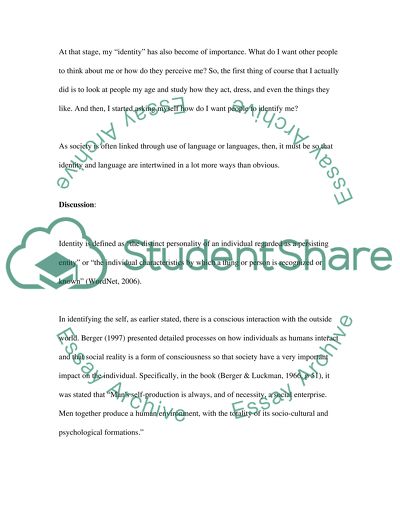Cite this document
(“Mass Communication: Insights to Identity as it Relates to Language Essay”, n.d.)
Retrieved from https://studentshare.org/miscellaneous/1500191-mass-communication-insights-to-identity-as-it-relates-to-language-acquisition-opportunities-limitations-and-consequences
Retrieved from https://studentshare.org/miscellaneous/1500191-mass-communication-insights-to-identity-as-it-relates-to-language-acquisition-opportunities-limitations-and-consequences
(Mass Communication: Insights to Identity As It Relates to Language Essay)
https://studentshare.org/miscellaneous/1500191-mass-communication-insights-to-identity-as-it-relates-to-language-acquisition-opportunities-limitations-and-consequences.
https://studentshare.org/miscellaneous/1500191-mass-communication-insights-to-identity-as-it-relates-to-language-acquisition-opportunities-limitations-and-consequences.
“Mass Communication: Insights to Identity As It Relates to Language Essay”, n.d. https://studentshare.org/miscellaneous/1500191-mass-communication-insights-to-identity-as-it-relates-to-language-acquisition-opportunities-limitations-and-consequences.


